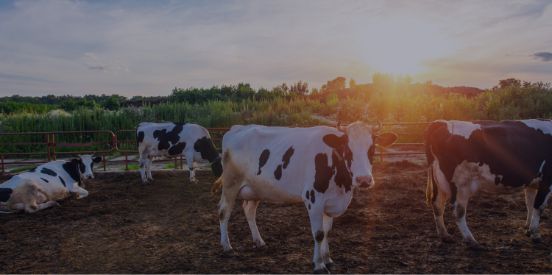CORN
Corn futures are fractionally lower this morning and range-bound in front of the much anticipated USDA Supply and Demand, as well as Quarterly Stocks report due for release at 11:00 CT. A general bias is for a small decline in yield of less than a bushel an acre and probably limited change to acreage. Meanwhile, updated weather forecasts call for rainfall over Brazil’s Rio Grande do Sul region which has seen extensive dry conditions the past few months. This is a weighing factor for corn futures which have been in a weaker trend of late. We’ll also get Weekly Export Sales data this morning.
SOYBEANS
Soybean futures are called mixed ahead of today’s USDA report. Prices were unchanged overnight. Look for continued consolidation in front of the USDA report, as well as quarterly stocks figures to be released at 11:00 CT. The range of analyst’s estimate for total bean production in the report is 3.463 and 3.560 bil bushels with a yield of 46.6, bushels per acre, down slightly from the last estimate of 46.9 BPA.
WHEAT
Wheat futures are called mixed to higher on follow through with yesterday’s encouraging rally. The market seemed more relaxed and comfortable with the idea that tension between the U.S. and Iran may be on the decline and that export activity to Iraq may not be interrupted. Wednesday’s Egyptian tender saw fetched $7 per ton higher prices than their previous tender which underpins the market price. For today’s USDA report, world ending stocks are expected to come in at 287.3 mil tons versus 289.5 mil last month.
CATTLE
Cattle futures are called narrowly mixed. Futures edged higher yesterday with the market holding a premium to cash, and general expectations are for cash cattle to end the week steady to slightly higher. Weekly trade patterns are developing similar to the past few weeks. Only a few hundred cattle have traded at $125 live.
HOGS
Hog futures are called mixed. Prices have been on the decline the last several sessions and our general concern is that the index remains flat and that Feb remains too much of a premium. In addition, the market confronts headwinds from depressed weakened import cut-out values despite strong demand for pork from China. In addition, weekly average weights rose to record levels suggesting a backup of hogs out there.

